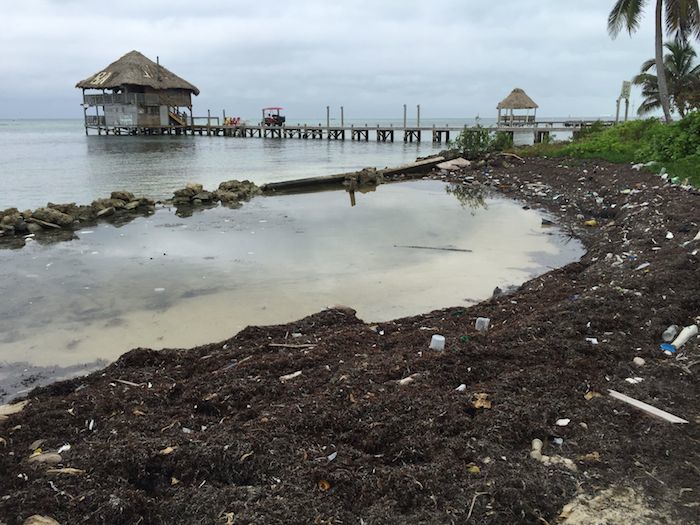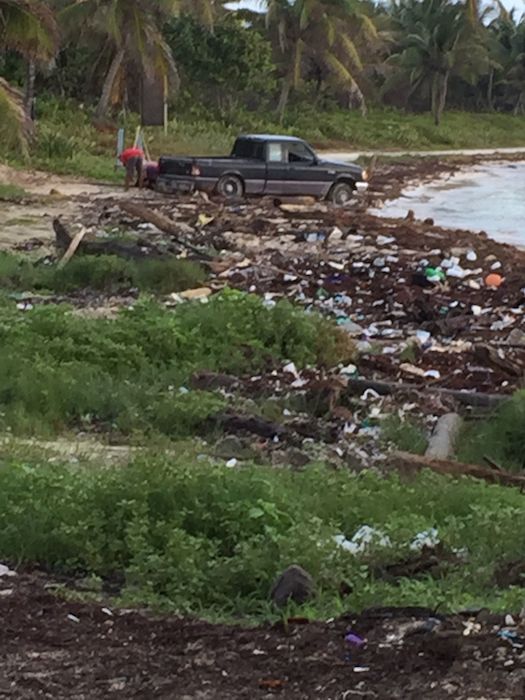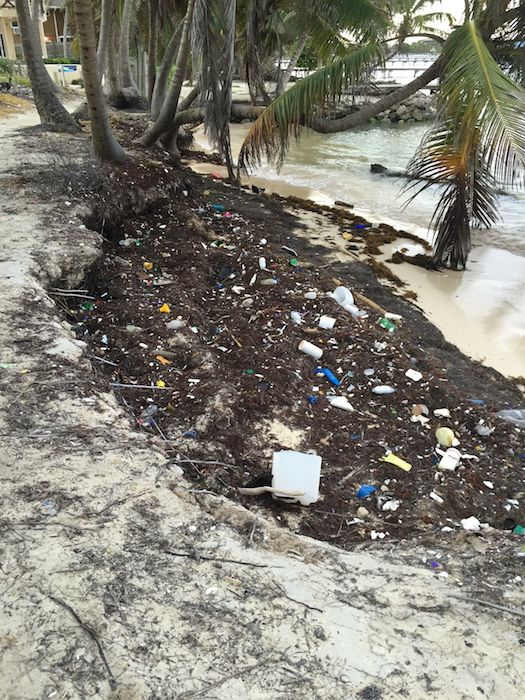 There’s a famous line in the 1967 film, The Graduate, in which Mr. McGuire gives Benjamin Braddock “one word” of advice regarding his future.
There’s a famous line in the 1967 film, The Graduate, in which Mr. McGuire gives Benjamin Braddock “one word” of advice regarding his future.
Mr. McGuire: I want to say one word to you. Just one word.
Benjamin: Yes, sir.
Mr. McGuire: Are you listening?
Benjamin: Yes, I am.
Mr. McGuire: Plastics.
Benjamin: Exactly how do you mean?
Mr. McGuire: There’s a great future in plastics. Think about it. Will you think about it?
In fact, The American Film Institute has listed the line “Plastics” as #42 in its Top 100 Movie Quotes.
At the time, it seemed significant only in the way that the advent of plastics would revolutionize product development worldwide, by making everything involving plastics cheaper, less fragile and long-lasting.
Glass milk bottles would no longer break. Food would keep fresher in plastics instead of paper cartons. Sandwiches could be wrapped in plastic products instead of the wax paper that I grew up with. Toy trucks would no longer rust in the sandbox. Combs, hair barrettes, doll parts, ink cartridges, transistor radio cases, cups, eating utensils. Soon, the moldable characteristics of plastics meant that they could begin to substitute for just about anything. And they did.
I remember the first plastic ballpoint pen that my grandfather showed me sometime during the 50s.
No glass ink bottle required. Click, click. Unscrew the plastic middle and insert a plastic refill.
Plastic was long-lasting beyond our wildest dreams. Even when a plastic product became broken, crushed, or damaged, it was still plastic. It would last forever—or 450 years for the average plastic bottle—some, even 1000 years. Not to mention the more than 1.5 million gallons of oil used to produce plastic bottles alone every year.
We’ve created a monster.
Now a recent report from the World Economic Forum and the Ellen MacArthur Foundation estimates that by the year 2050 the weight of plastics in the world’s oceans will surpass the weight of its fish.
If you visit a seacoast in any part of the world, this will not surprise you. We’ve known for a long time that there’s an island of plastic called the Pacific trash vortex. It’s estimated to be at least the size of the state of Texas—and by some reports, much larger—and it gathers more and more plastics every day.
I’ve been traveling to a small country in the Caribbean since 1990. I’m not mentioning the name of this country because its economy is fragile and depends upon tourism—the last thing it needs is for people to stop visiting due to the increase of plastics on its beaches.
In the 1990s, there was the usual seaweed washing ashore with bits and pieces of plastics scattered here and there.
Squished plastic drink cups, plastic tampon inserts, the occasional flip-flop.

This was before the sale of water in plastic bottles.
If only we could go back in time! Remember when water in plastic bottles was first marketed as a trendy, upscale product? Spring water. Healthy water.
When the sale of water in plastic bottles caught on, marketers realized that they could put any kind of water in plastic bottles and it would sell. Even city tap water. Why would we need to buy such a thing? A trendy item soon became a bad habit to break.
Each year, I saw a little more plastic mixed in with the seawood on the beaches. Resorts hired men whose sole job was to rake up the plastic-embedded seaweed and cart it off the beach into big piles in the jungle. Several hours a day. Every day. I always found it depressing to think that these men were going to work in the brutal Caribbean sun every day, working on a task that would never go away. Optimistically one might say that jobs were being created—but the debris just kept coming.

Sometimes, in a spirit of encouragement, I would occasionally joke with these men that they were winning their war against the plastics. But we both knew I was mistaken.
This year, there was a stronger than average storm in late December in the western Caribbean. There was a lot of beach erosion, and worse—there was a massive amount of plastic-embedded seaweed washed ashore.
The coast where I normally rode my bicycle several miles to town along the beach was now impassable due to this seaweed.
If it were merely seaweed, it might not be so much of a problem, but the plastics created a hazardous path of debris.
I began to photograph the plastics, wanting to identify the contents. I spoke with the men raking up the plastics. Everyone was depressed about the situation, but determined in their attempt to fight back against the ocean full of ugly broken plastics that won’t stop coming. Plastic cups, plastic spoons and forks, empty motor oil containers, water bottles (the worst!), Crocs, flip-flops, plastic bags, television remotes, screw caps, toothbrushes, diapers, toys of every shape and size, fishing line, fishing nets, plastic sun visors and more.
For the first time ever, I saw that some resorts were realizing that simply attempting to rake up the plastic-embedded seaweed is a Herculean task that is never going to end. For the first time, they were giving up the concept of beaches where you could actually walk into the water for a refreshing swim.

I noticed that sandbags were being laid down along the shore to make shallow seawalls at some resorts. Men were covering the sandbags with rocks to disguise the plastic bags of sand. The seaweed and its plastic contents would now float off shore on the other side of the walls. Out of sight, but not out of mind. Surely, the floating accumulation of plastics on the other side of the seawall will now grow larger and larger, eventually settling into coral reefs and being consumed by fish and other sealife.
Now that plastics in the ocean have reached epic proportions, we need to totally rethink our plastic use. We need to quit our plastic habit and recycle the plastics that we have. Less than 90% of plastics are currently being recycled. This is outrageous and sad.
Towns need to follow the lead of the tiny town of Bundanoon in New South Wales, Australia, which became, in 2009, the first town in the world to ban plastic water bottles as environmentally bad and immoral.
As individuals, we need to examine every single plastic item that we come in contact with in our daily life and find a non-plastic substitute. Prior to the 1960s, we used paper bags, leather and natural fiber shoes, cotton and wool clothing, and glass bottles. We can do it again.
It’s going to take years to recover, but if we each do our part, we can hold the plastic at bay and we just might be able to save this planet.
Let’s try.
(Please share.)
Author: Linda Summersea
Editor: Renée Picard
Image: author’s own


 Share on bsky
Share on bsky




Read 2 comments and reply